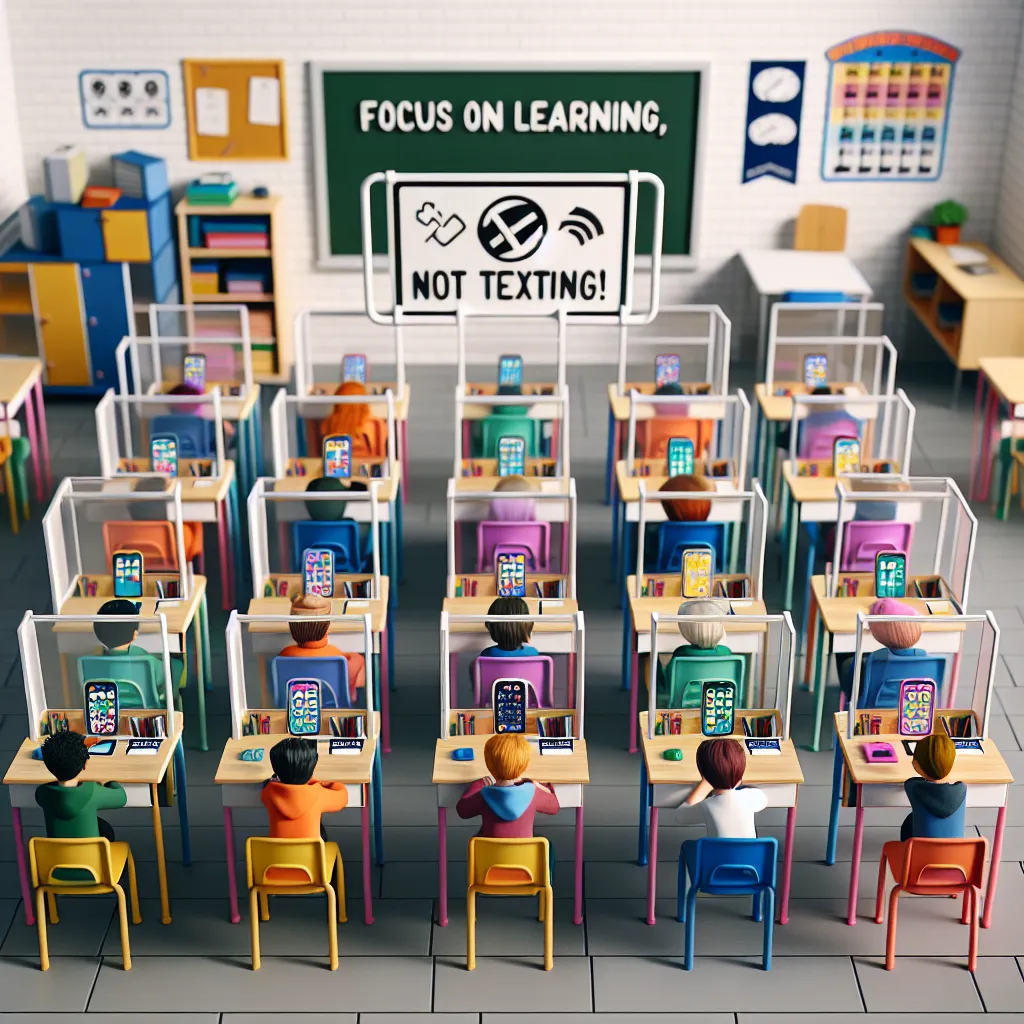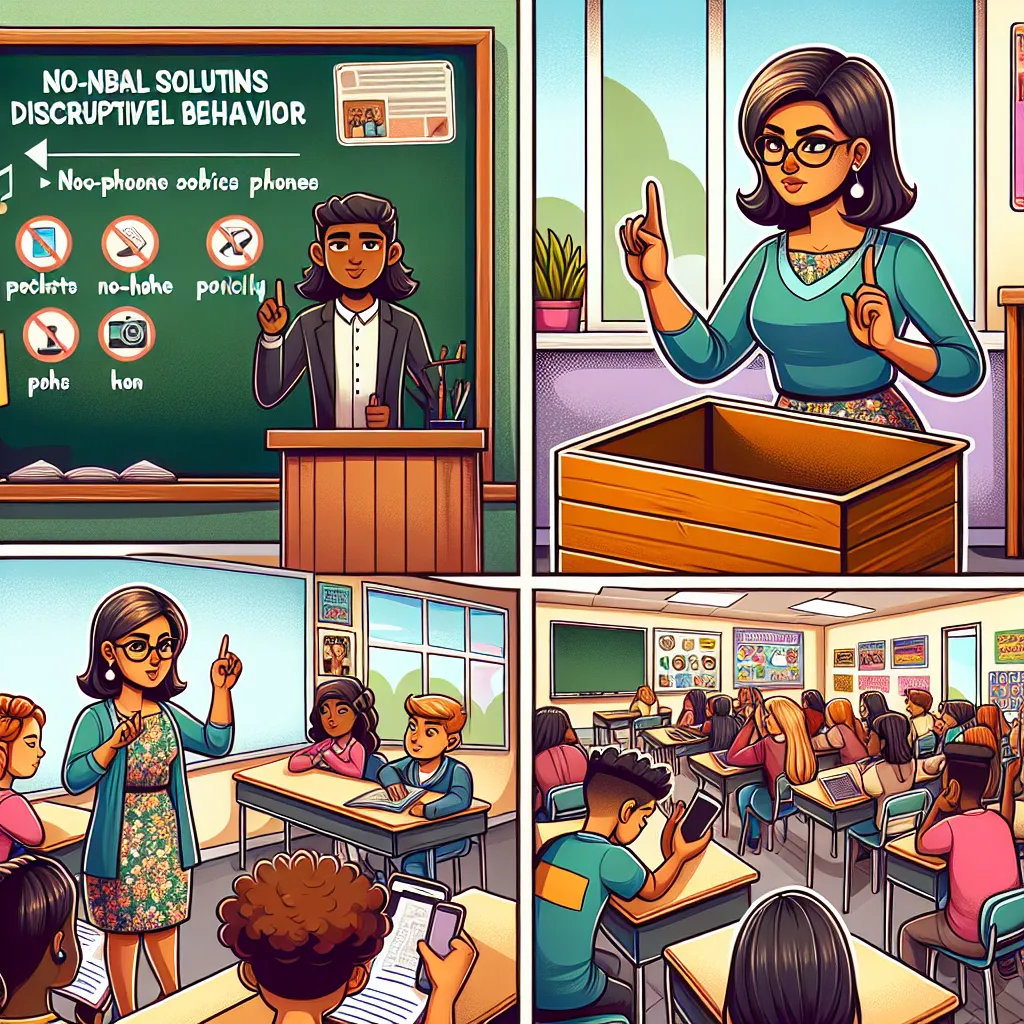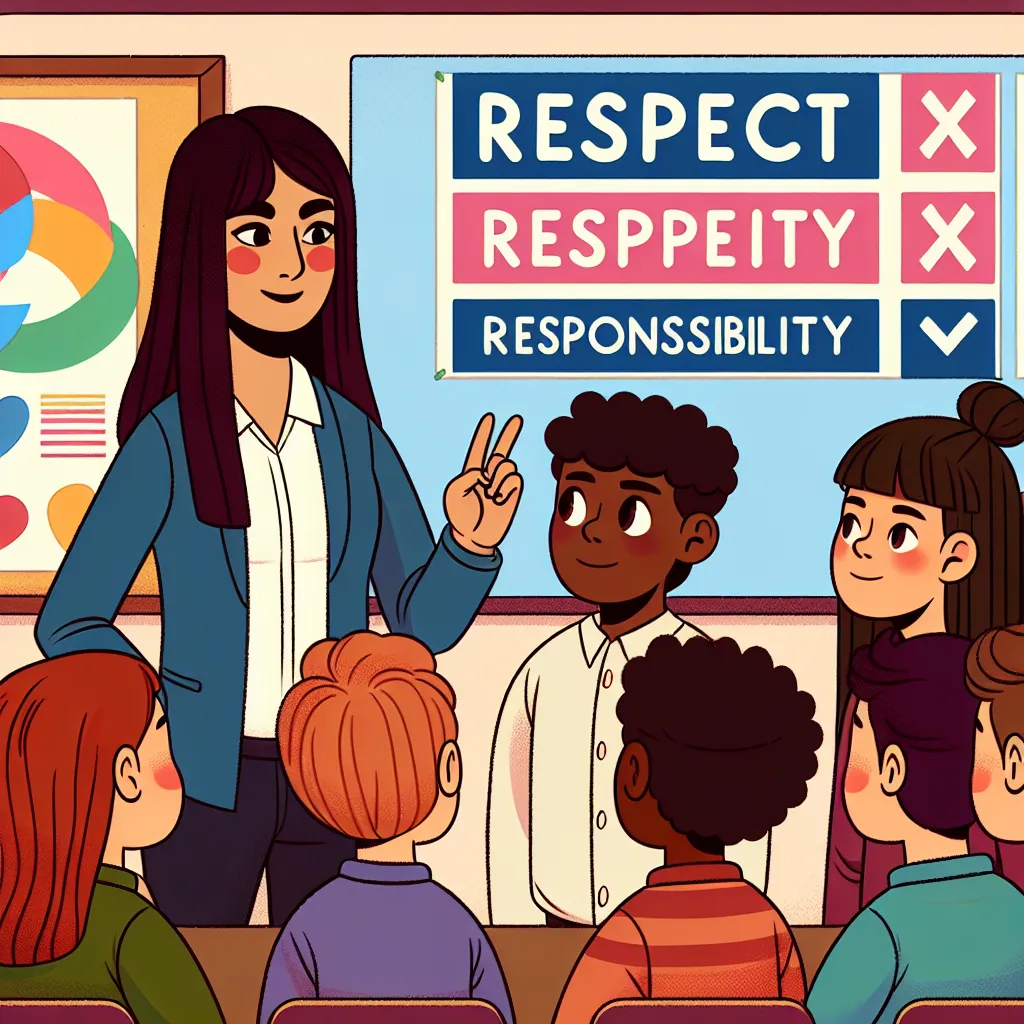Ask AI on The Internet
Question: What would you suggest as a solution to the problem of learners using their phones during class? How can this behaviour be minimized or eliminated
Managing phone usage in classrooms is a common concern. Here are several strategies that might help minimize or eliminate this behavior: ### Setting Clear Expectations and Policies 1. **Establish Clear Rules**: Clearly communicate your classroom policy on phone usage at the beginning of the term and include it in the syllabus. Explain the rationale behind the rules to garner student buy-in. 2. **Create a Phone Agreement**: Have students sign a contract agreeing to abide by the phone policy. This can create a sense of accountability. ### Engaging Teaching Methods 3. **Interactive Lessons**: Increase student engagement by incorporating varied teaching methods such as group work, discussions, and hands-on activities. When students are actively participating, they are less likely to be distracted by their phones. 4. **Use Technology Positively**: Incorporate educational apps or online tools that allow students to use their phones in a productive manner. If students see their phones as learning tools rather than distractions, they might be more inclined to use them responsibly. ### Practical Solutions 5. **Phone Drop Box**: Have a designated area where students can place their phones at the start of the class. This can be as simple as a basket or a secure locker system. 6. **Breaks for Phone Use**: Allow students specific, short breaks during class to check their phones. This can reduce the urge to use them during instructional time. ### Building a Positive Classroom Environment 7. **Mutual Respect**: Foster a classroom atmosphere of mutual respect and understanding. Explain how phone use can be disruptive not only to the individual but to the entire class. 8. **Role Modeling**: Lead by example. If you need to check your phone, explain why and do so briefly and discreetly. ### Monitoring and Consequences 9. **Monitor and Address Usage**: Walk around the classroom to monitor student activities. If you notice phone use, address it immediately but discreetly to avoid public confrontation. 10. **Consistent Consequences**: Implement consistent and fair consequences for breaking the phone policy. This could range from a verbal warning to contacting parents or guardians, or even a reduction in participation grades. ### Incentivize Compliance 11. **Reward Good Behavior**: Use positive reinforcement to encourage adherence to the phone policy. Reward the class with a treat or bonus points for meeting behavioral targets related to phone use. ### Involve Students in Decision-Making 12. **Student Input**: Engage students in creating the phone policy. This can increase their sense of ownership and compliance with the rules. Implementing a combination of these strategies may help create a classroom environment where phone distractions are minimized, allowing for better focus and learning. Consider the unique needs and dynamics of your classroom to determine the most effective approach.
Think your answer is better than the AI's? Post it below.
Other Most Relevant Posts:
If you want your question answered by an AI, click here.







Post your own comment: